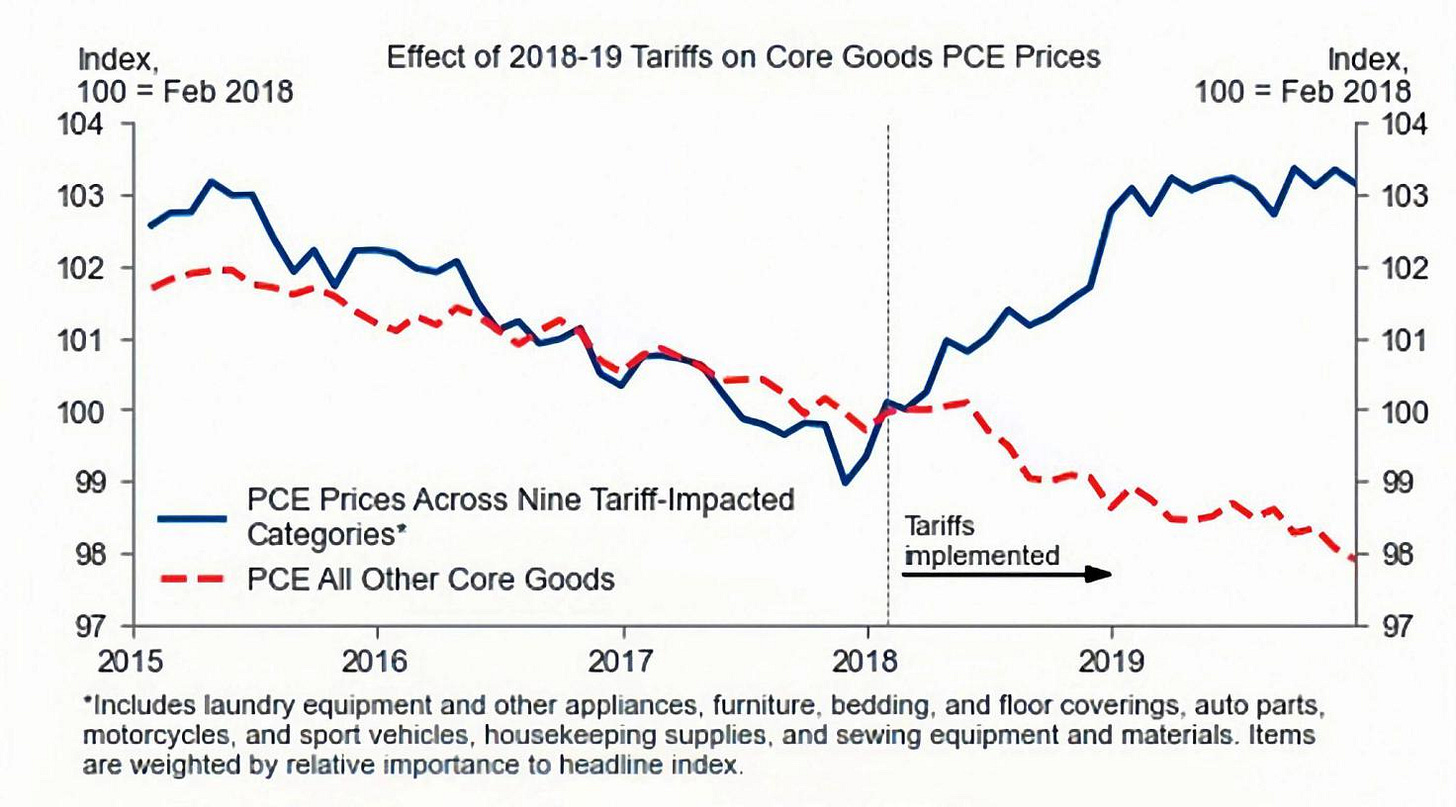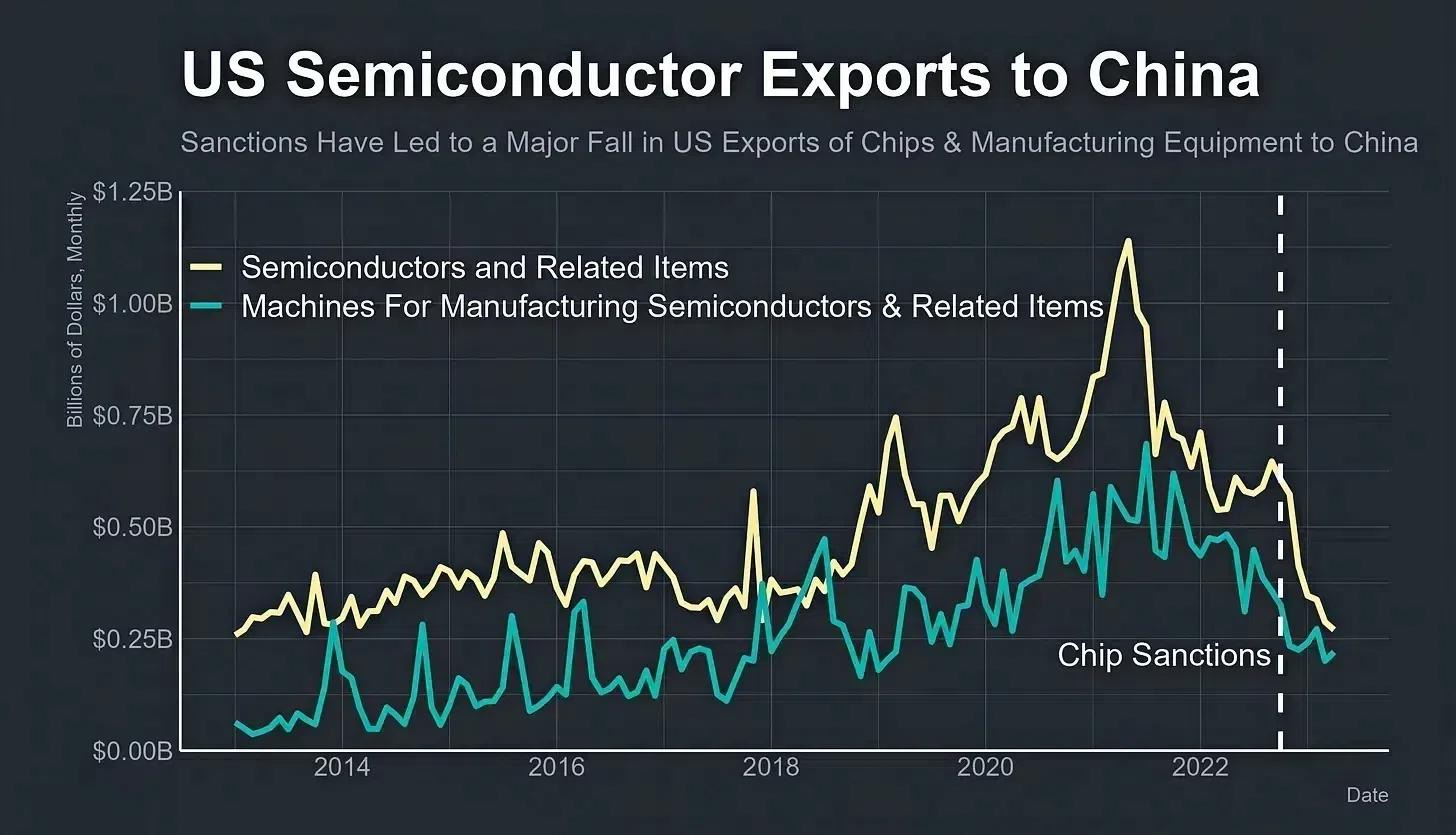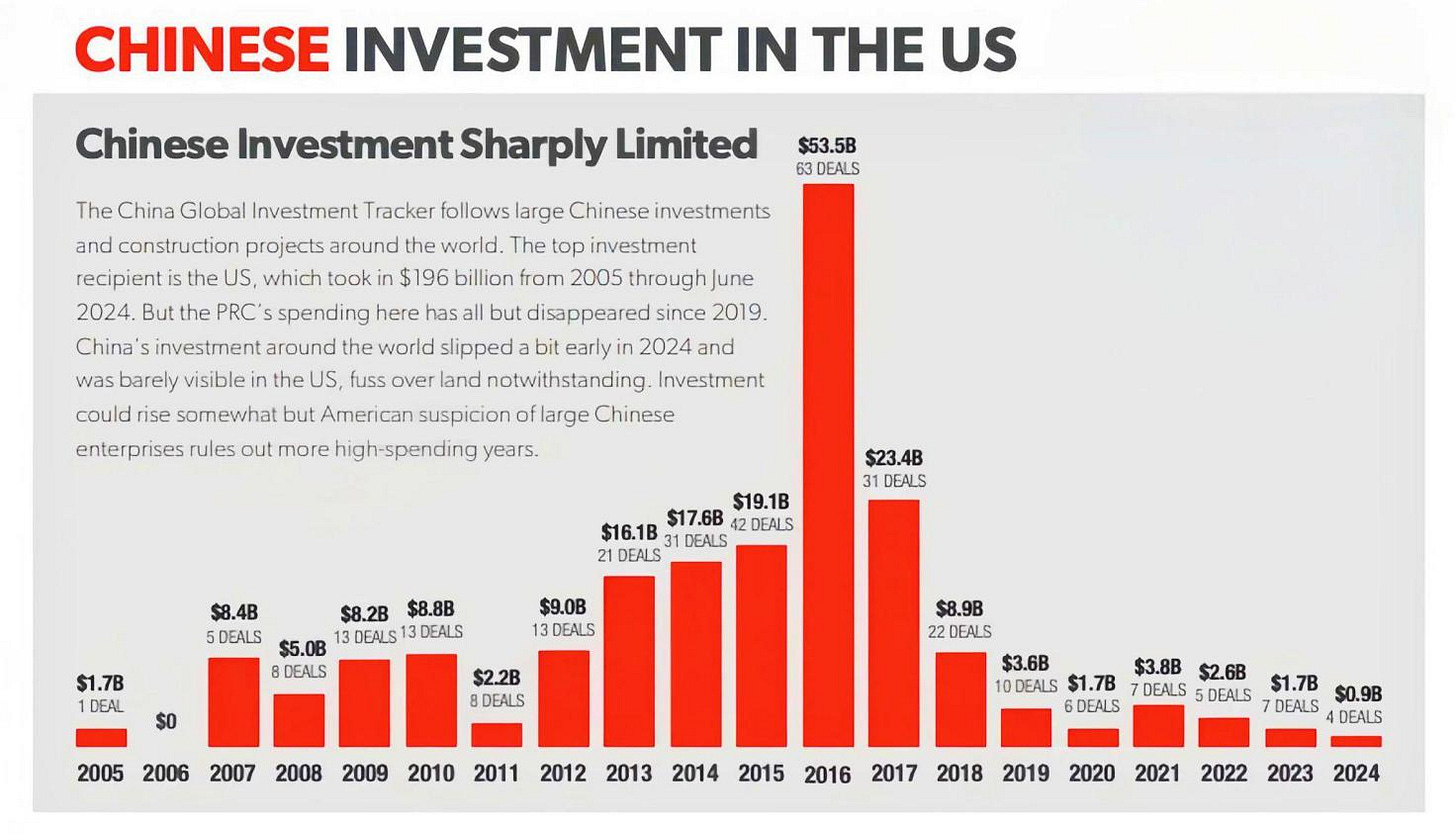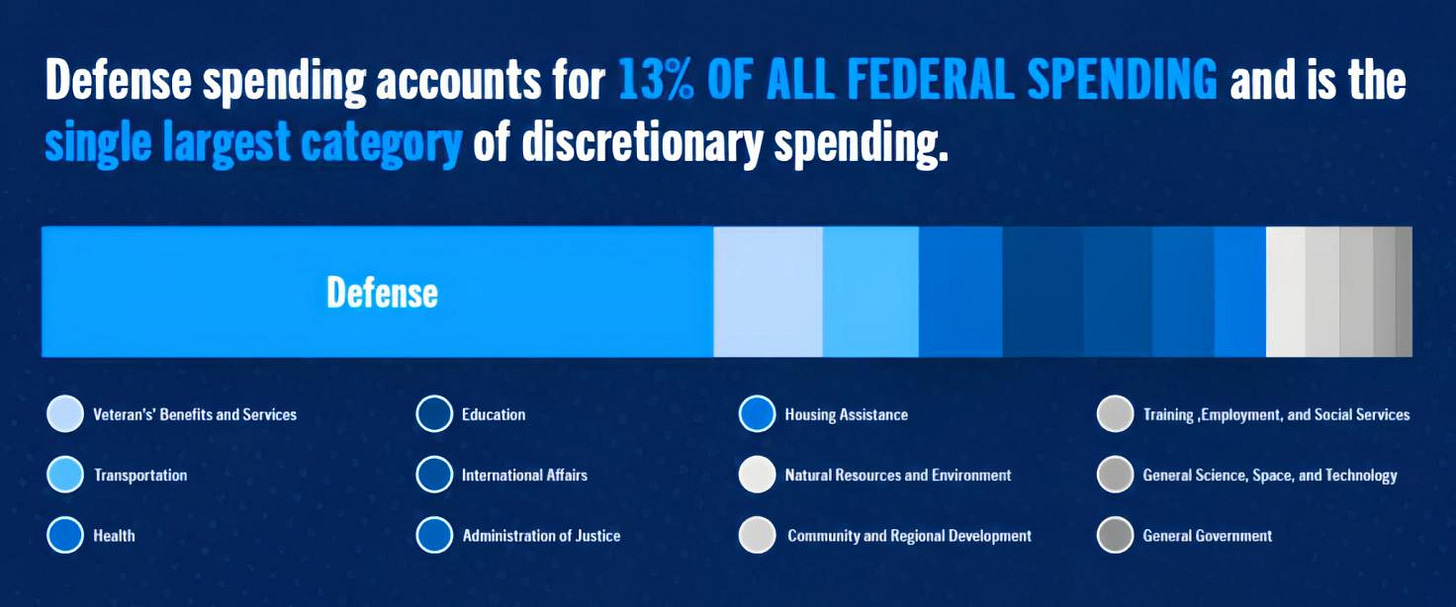During his state visit to China in November 2017, U.S. President Donald Trump and his Chinese counterpart Xi Jinping celebrated trade deals worth more than 250 billion U.S. dollars. However, just five months later, Trump launched a trade war, a move that, alongside other provocative actions like suppressing Huawei, threw U.S.-China relations onto a turbulent path.
The past cannot dictate the future, but can, at least, illuminate it. Provided that Donald Trump draws genuine lessons and adopts a more prudent and pragmatic China policy, this vital bilateral relationship could be stabilized in the coming years.
After winning the November’s election, Trump once proposed China and the U.S. could work together to solve all the problems of the world. Despite quite a challenging goal, it conveyed, after all, an unusual upbeat vibe.
From an optimistic standpoint, Trump’s pragmatic, business-oriented mindset may offer some silver linings. But to set solid guardrails, if not repairing the fences, between the world’s two largest economies, the following tips need to be jotted down on his post-it notes.
1. Avoid trade war 2.0
Almost seven years after his administration initiated the trade war, Trump who advocated “America First” should do math for his nation. The tariff hikes in his first presidency and the fragmented global supply chain that they caused have cost U.S. consumers dearly, especially during the COVID-19 pandemic years.
Having just grappled painfully with rising prices, Americans still fear an inflationary comeback. New tariffs could cut consumer purchasing power by up to 143 billion U.S. dollars, as shown by the latest Consumer Technology Association data.
Starting a new trade war is certain to deepen the hardships that many Americans are already facing. Keep it in mind, a majority of American voters cast their ballots for Trump partly due to the unbearable inflation.
Higher tariffs also failed to revitalize American manufacturing as expected. A U.S. International Trade Commission report found that the production increase in U.S. industries protected by the tariffs was met with a larger production decrease in downstream industries affected by higher input prices.
Graphics: The vast majority of the imposed tariffs were passed along to U.S. producers and consumers owing to inflation. Source: Haver Analytics, Goldman Sachs Global Investment Research
In recent months, American consumers are reported to have scooped up foreign goods including iPads, building supplies, shelf-stable foods and electric cars. And U.S. ports are seeing a surge in cargo volumes. These reflect their genuine sentiment of apprehension towards a trade war.
In the event of a Trade War 2.0, the worst-case scenario, China will be bracing for the repercussions with greater leeway than in 2018. The cushions largely stem from China's immense domestic consumption potential, expanding Belt and Road Initiative markets, and the growth of its emerging industries. If the U.S. abandoned its protectionism, these new growth drivers could also be new opportunities for American business.
2. Do not politicize business
A "business is business" approach, which does not succumb to those ideologically driven agendas, can help, in a large part, to prevent U.S.-China relations from further worsening.
Proud of his business acumen, Trump may have resented how Washington’s China policies, especially during President Joe Biden's tenure, are eroding American economic competitiveness.
Biden’s pledge to set the so-called guardrails between the U.S. and China went ironically with a series of sanctions, blacklisting, investment restrictions, hindrance to people-to-people exchanges and persistent effort to ban TikTok, America's most popular life video sharing platform. These policies were based on shaky grounds, misused national security concerns, and truly ran counter to the commercial interests of the United States.
A New York Fed report in 2024 shows that U.S. semiconductor export controls led to a 130 billion U.S. dollars drop in market cap, plus reduced profits and jobs for affected U.S. suppliers. Responding to Biden’s last-ditch effort to further upgrade the chip export control on China, the U.S. Semiconductor Industry Association criticized that the policy had been “developed without industry input and could significantly undercut U.S. leadership and competitiveness in semiconductor technology and advanced AI systems.”
Semiconductor sanctions led to a nearly 60% drop in the U.S.-made chip exports to China and a nearly 40% drop in exports of U.S.-made chip-making equipment. Source: Apricitas Economics with census data seasonally adjusted using X13ARIMA
Now, both the U.S. and China have much work to do to ensure sustained economic growth within their own countries, making stable bilateral relations more essential than ever. It is never China’s goal to surpass or replace the U.S. Likewise, the goal to make America great again should not come at the expense of diminishing China.
Actually, tariffs have not helped to revive U.S. manufacturing. The GDP share of the country’s manufacturing sector has persistently stayed below 11 percent in recent years. What Trump should do is to rebuild American infrastructure and industries through increased investment.
Graphics: Chinese investment into the United States has plummeted since 2018. Source: China Global Investment Tracker
Many Chinese manufacturers are either investing in the U.S. or showing a strong interest in doing so. Yet they have faced a growing array of restrictive regulations. Lifting these restrictions can create more blue-collar jobs for American voters in the Rust Belt. That’s the effective way to open a “two-way street” between the two countries.
3. Work with China
As two influential global powers, China and the United States bear special international responsibilities and obligations. If they cooperate, the two countries will indeed facilitate the solution of many outstanding problems in the world, or at least they can contribute to preventing some issues of global concern from worsening.
Since the Russia-Ukraine conflict broke out, the Biden administration has provided Ukraine with 175 billion U.S. dollars in military aid, drawing large resources away from the U.S. domestic priorities.
Graphics: How much does the federal government spend on defense compared to other priorities? Source: Peter G. Peterson Foundation
Trump’s willingness to prepare a diplomatic push to end the Russia-Ukraine crisis is a commendable, practical try. Meanwhile, China has always held an objective and just position on the prolonged crisis and called for resolving the dispute through dialogue and negotiation.
Last September, China, Brazil, South Africa, Egypt, Indonesia, Türkiye and other countries, as partners of the Global South, set up the "Friends of Peace" group on the Ukraine crisis in the United Nations, in a bid to unite more forces to promote a ceasefire. The multilateral efforts, which fosters a conducive international environment, is compatible with Trump's peace-making plan.
Trump, who positions himself as a champion of peace, once claimed that there would be no war today had he remained president. In this sense, he kind of shares a consensus with China: Development requires a peaceful world.
Therefore, the likelihood of resolving the conflict between Russia and Ukraine might increase if the United States collaborates with China. And Trump need not worry that China will steal the limelight from him, as Beijing seeks no self-interest in promoting peace.
On the economic and trade issues, China and the United States also have broad prospects for cooperation. Economic and trade ties remain the "ballast stone" of bilateral relations. Beijing's message is clear: opening-up is a hallmark of Chinese modernization.
The enduring nature of U.S.-China economic and trade relations is mutual benefit while the common interests of the two countries far outweigh their differences in the economic and trade field. Even when there are economic and trade frictions, the "ballast stone" role of trade and economic cooperation should be strengthened rather than being weakened or abandoned.
For the sake of global economic and financial stability, China and the United States should strengthen cooperation and coordination on issues like the macroeconomic and financial situations of the two countries, monetary and financial policies, financial stability and regulation, capital markets, anti-money laundering and combating the financing of terrorism.
In 2023, China and the United States agreed to establish two working groups -- an economic working group and a financial working group, which enable the two sides to carry out timely exchanges and necessary coordination when the macro policies of both countries are in a crucial period of adjustment. Such mechanism should continue after the new U.S. president takes office, in whatever forms and platforms.
The fentanyl issue is another field the two countries can collaborate on. While the U.S. bears the primary responsibility for its drug abuse problem, China is willing to help and has in fact taken solid steps in addressing the U.S. concerns, demonstrating significant sincerity in working with the U.S. side. On this issue, a blame game or even reckless moves of confrontation are pointless and should be avoided.
4. Not everything is a bargaining chip
Trump is very proud of his “art of the deal.” But not all issues can be used as bargaining chips. For example, the Taiwan question is at the very core of China's core interests, the bedrock of the political foundation of U.S.-China relations, and the first red line that must not be crossed in bilateral relations.
During Trump’s first presidency, as reported by the Taiwan-based China Times, U.S. arms sales to Taiwan reached a staggering number of over 21 billion U.S. dollars. Those arm sales that continued during Biden’s tenure must be halted.
Also, Trump should refrain from meddling in China’s internal affairs regarding Xinjiang, Xizang and Hong Kong, or interfering in the dispute between China and the Philippines in the South China Sea in any forms.
Indeed, managing the relationship between two major powers is not like haggling with a street vendor who tries to gain advantages through bravado and gimmickry. It requires clarity, predictability and long-term perspective. A China policy marked by inconsistency or a “maximum pressure” strategy can only lead to devastating misjudgments.
It has been repeatedly proven that a thriving China is far more beneficial to the U.S. than a weakened one. The U.S. president, as head of state, should have the political courage, foresight and statecraft to see beyond the myopic view of some anti-China congressmen that the two major countries can't both become great within the same historical space.
Moreover, the stability of U.S.-China relations is vital for the entire world. A recent survey of 51,000 people in 46 countries shows that most international opinions support a stable and improving relationship. Over 70 percent of respondents want U.S.-China relations to ease or remain stable.
With just two days remaining before Trump officially takes office as the 47th President of the United States, some quite positive signs have emerged between the U.S. and China.
At the invitation of the U.S. side, Xi's special representative, Vice President Han Zheng will attend Trump’s inauguration ceremony on Jan. 20 in Washington, D.C., a Chinese Foreign Ministry spokesperson announced Friday. This marks a rare occasion in which such a high-ranking Chinese official will be attending the U.S. presidential inauguration.
On the same day, Xi held a telephone conversation with Trump at the latter's request. According to media reports, the two leaders reaffirmed the importance of China-U.S. relations and bilateral cooperation, and expressed a desire to start the new chapter in their relationship on a positive note. These positive developments have given hope to many that China-U.S. relations have the potential to bounce back from low points.
However, to turn such hope into reality, Mr. Trump and his new administration still need to display political courage and determination and take concrete actions in the right direction after assuming office to revive U.S.-China relations.
The views expressed in this article are solely those of the authors and do not necessarily reflect the positions of the author’s affiliated institution or any other organization.
About the guest writers
Zhou Zhou is a journalist with Xinhua News Agency based in Beijing. He served as a Xinhua correspondent for science and technology in Washington from 2017 to 2020.
Liu Jie is a journalist with Xinhua News Agency based in Beijing. She served as a Xinhua correspondent for U.S. economy and China-U.S. relations in Washington from 2014 to 2016.











